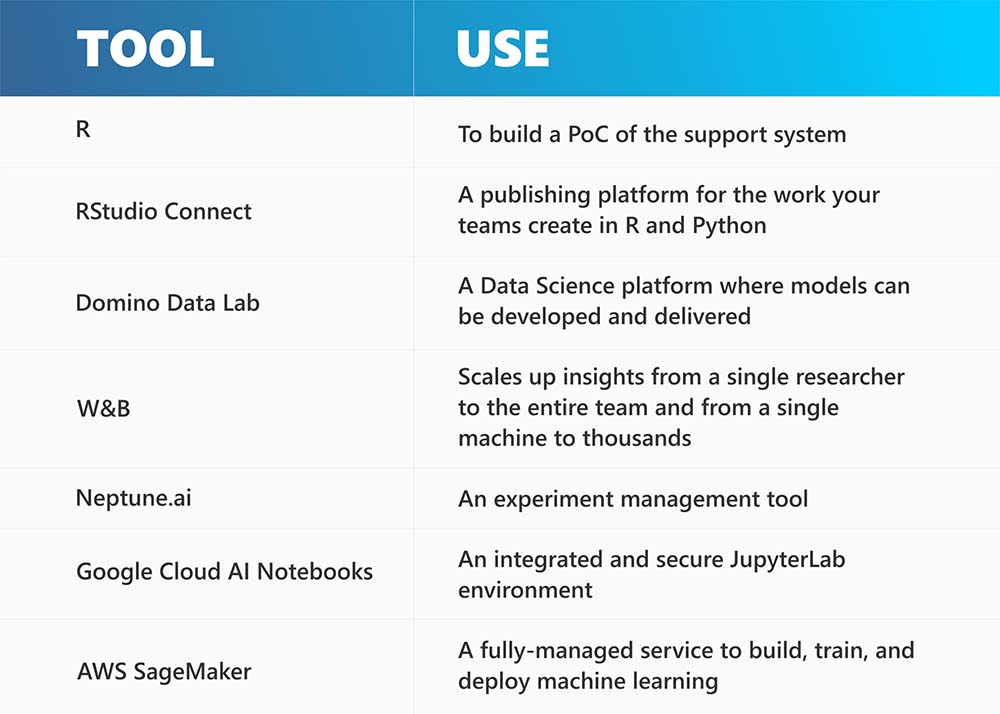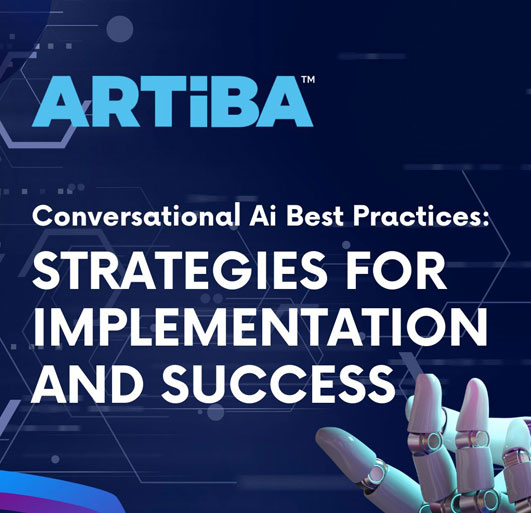How AI Engineers Can Build Business-Centric Models

Can AI engineers produce a model built to succeed? Is there a fine line between AI research ambitions and business goals?
We will see this and more here.
In pursuit of successes like Alibaba and Amazon, the business fraternity the world over is enraptured for AI models. AI is not the buzzword these days, it is THE word!
But, here is the flip side.
Many AI models fail to create a meaningful impact and stop at pilot projects or a single business process. Two common misalignments are at the root of this loss:
AI models are costly, and their failure results in lost motivation and interest in future projects. So, it is both the privilege and the prerogative of AI engineers to lay all stones to success for their project.
Champions in Artificial Intelligence have laid a common success route. We’ve covered it here. Check it out. It can save the day for you.
Types of AI Business models
A business-aligned AI model is:
Cost-effective
Quick
Useful
Three types of AI business models are common:
Bolt-on:
In their deployments, these models resemble a product from a SaaS company. Bolt-on models build on top of other systems of record, like an enterprise resource planning (ERP) system or a customer relationship management (CRM) product. AI administers data flowing through these systems, feeding business improvements over time.
Use cases: Chorus AI, Gong, and Solvy
Process enhancements:
They turbocharge the performance of existing processes. These models are tricky to implement, and their sales cycles are long, but if successful they are incredibly successful in upselling. Their ROI can be unlimited.
Use cases: Ayasdi, IBM Watson, and H2O.AI
Standalone models:
These models work on their own with little human intervention. Hardware is costly and central to these models. They sell subscription packages to organizations.
Use cases: Kespry
6 Steps to Create the Best Performing AI Models
The best way to approach an AI model is to minimize the process-associated risks. It can be done by following six steps.

#1. Plan
Many AI engineers bypass this stage and jump straight to execution. Any disconnect at this stage means upping the chances of failure manifold.
Before going forward with a concept, the AI engineer must identify the business need.
To do so, analyze recent customer journeys like discovery, sales, presales, and customer service. Understand the experience of your customers with your brand. Look for pain points. Ask who are going to be the end-users of your solution and interact with them.
“Your business results depend on your brand’s ability to retain and add customers.” – Olive Huang, Research Director at Gartner
Zero in on specific business problems and find out how your model can solve those problems. Once you build an algorithm to solve a specific business problem, it can be easily adapted for use in other areas.
#2. Validate:
Read ongoing research and successful use cases extensively. See if the problem has already been addressed by some other model. The annual Conference on Neural Information Processing Systems (NeurIPS) gives information on the latest developments.
Datasets could be another source of ideas. Look for open and your own datasets. Think if you need to remake your competitor’s processes, how would you make them? What new functions would you include?
#3. Refine
Once you pick an idea, develop it in these four steps:
Start simple:Begin with mundane, manual tasks that can be done with little human thought.
Validate risks: Evaluate the risk if the project fails.
Build a proof of concept: Establish the feasibility of the project.
Take feedback from the user group: Are they excited about the solution? If not, try to educate them. Your user groups are integral to the success of your model.
#4. Implement
Distribute the risks by working on multiple ideas at one time. Treat the failure cost as sunk investments. Invest more in less-risky ideas and stop the failing ones.
Take care of Time to Value and the Return on Investment. By doing so, you can keep the business stakeholders invested in your projects.
Don’t build everything from scratch. Consider using pre-made blocks. This will reduce the time to value.
Update yourself with the latest tools as they keep evolving.

#5. Establish Controls:
Fix control points in your research projects:
#6. Educate as you Move Forward:
Businesses look for 100 percent results; tech research doesn’t promise anything. Educate your users as you move ahead with your project.
To ensure the success of an AI model, both AI engineers and business stakeholders need to see the project from a similar vantage point. Have you established one?








